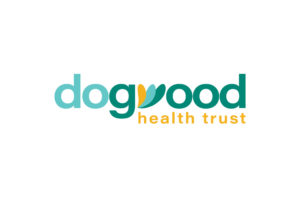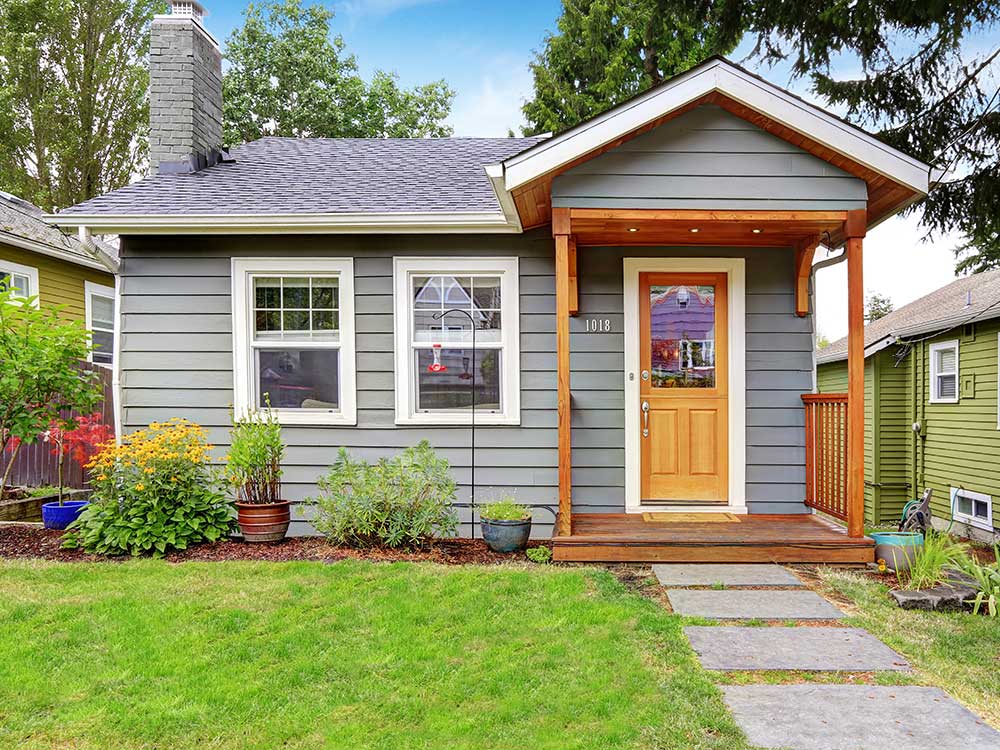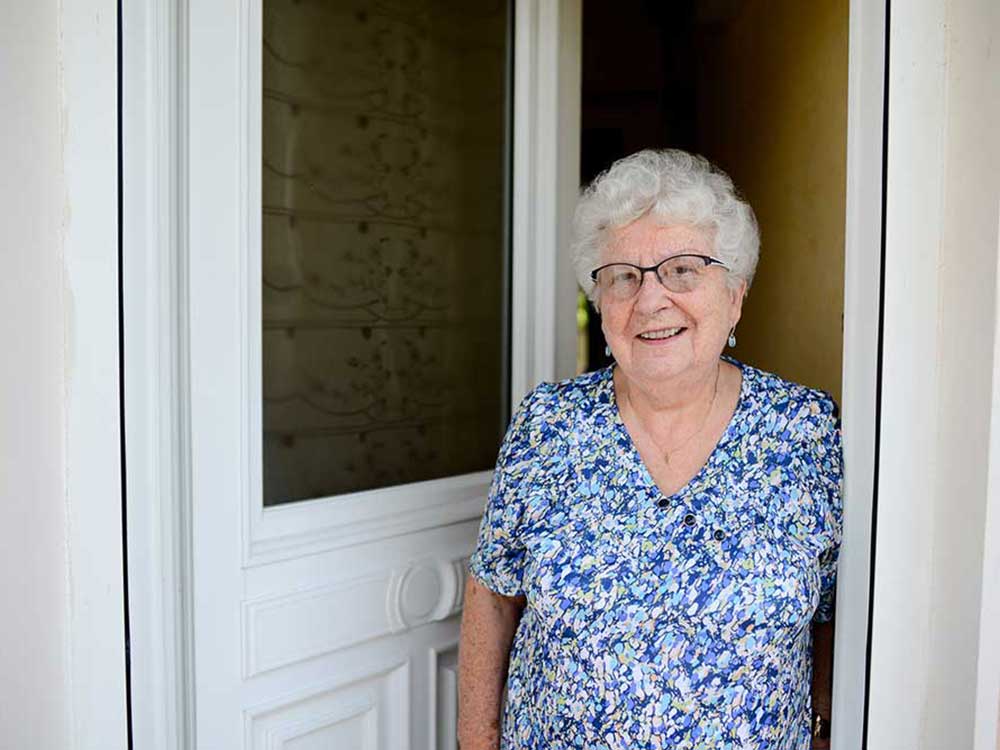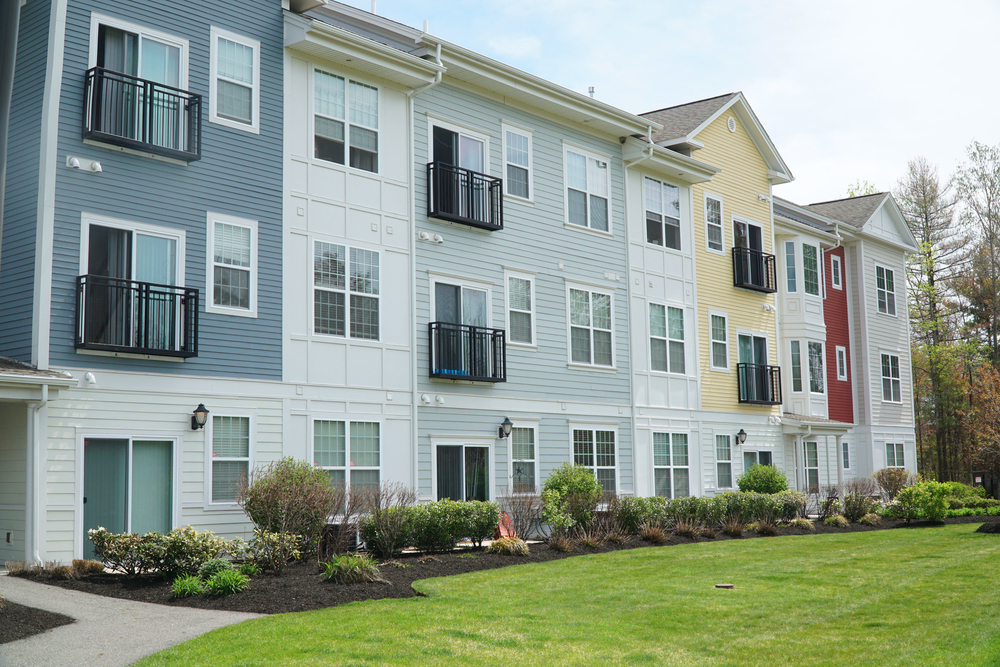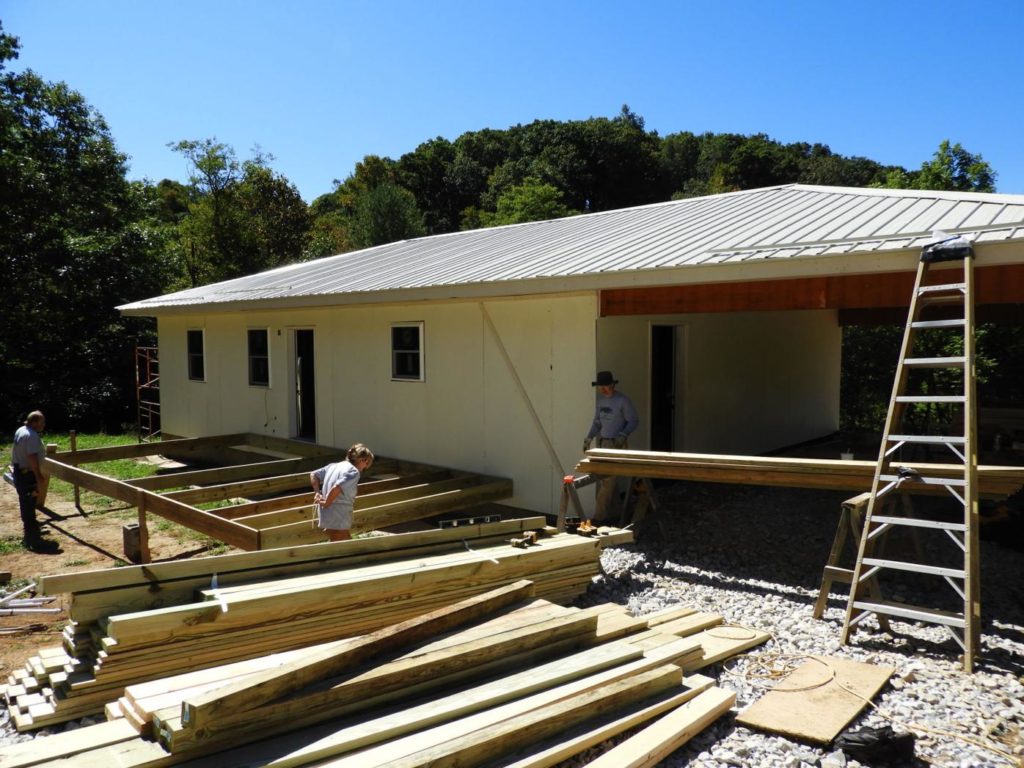A groundbreaking was held on Tuesday, Oct. 26, with partners from the Graham Country Rural Development Authority and the USDA Rural Development
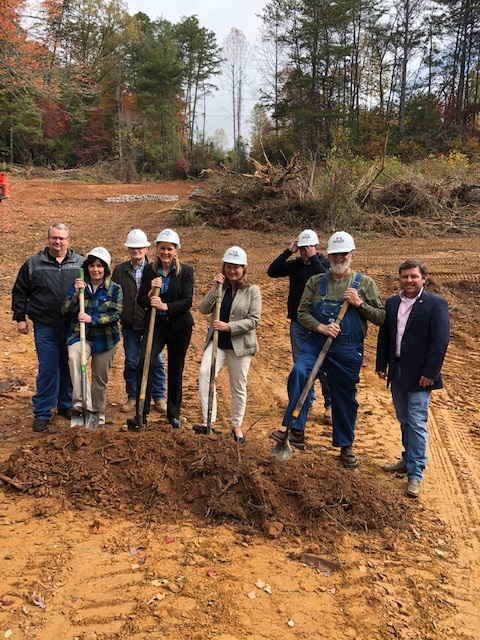
Asheville, N.C. – A recent $470,000 grant from Dogwood Health Trust to Graham County Rural Development Authority (GCRDA) will support their Moose Branch subdivision project and an overarching goal of economic development in Graham County. The groundbreaking for the project took place Tuesday, Oct. 26 at its location in Robbinsville. The grant funds and associated project also help to address two housing issues that are plaguing the county: availability and affordability. As a Tier 1 county, these two issues often keep a significant portion of Graham County residents from being able to enter the housing marketplace. Dogwood’s support, in conjunction with USDA Rural Development, will allow the GCRDA to develop the project.
“Reasonably priced homes in Graham County are scarce, with 89% of the county owned by the federal or state government, or the Tribe. Most available land is already built out or is unbuildable terrain,” said Pam Hysong, director, USDA Rural Development. “We don’t see this trend changing, unfortunately. Dogwood’s grant to the Graham County Rural Development Authority will significantly offset the costs of the Moose Branch subdivision project resulting in a more affordable path to first-time homeownership for low to moderate income families within Graham County.”
The Moose Branch Subdivision Project will include 13 lots on an 11- acre parcel of land just outside the Robbinsville town limits. Qualifying families can build homes with USDA backed mortgages, with varying levels of income qualification and loan options. Qualifying limits range from $46,800 to $91,900 for a family of four and vary depending on the type of loan offered. Dogwood’s grant will be used for construction and engineering costs for lot development allowing GCRDA to break ground on the development. Like other neighborhoods developed by GCRDA, all homes will be “stick built,” single-family houses that are owned by the families who live there. Additionally, GCRDA will partner with Graham County Schools’ Career and Technical Education (CTE) program to build affordable housing in the Moose Branch Subdivision Project.
GCRDA has a history of partnering with the CTE construction class at Robbinsville High School to build affordable housing for local residents. To date, they have constructed three single-family homes making an average profit of $26,727 that was divided between the school system and GCRDA.
Founded in 1966,the Graham County Rural Development Authority has been focused on affordable housing for decades. Its first projects were the Fort Hill and West Fort Hill developments. Built in 1968, these single-family housing developments still house many of the original families.
“Investing in the Moose Branch Subdivision Project aligns well with two of Dogwood’s strategic initiatives: Housing and Economic Opportunity,” said Sarah Grymes, Dogwood’s Vice President of Impact Investing for Housing. “Dogwood is honored to partner with Graham County Rural Development Authority on this affordable home ownership project that will also provide local high school students with real-world trade experience.”
Since its inception, Dogwood Health Trust has invested more than $11.6 million to address affordable housing needs within the 18-county region it serves. Dogwood recently provided an $872,671 grant to Mountain Projects’ affordable housing division, Smoky Mountain Housing Partnership, to support their efforts to increase affordable homeownership opportunities and increase access to affordable rental units over the next two to five years. That grant will also catalyze a homeownership center that will serve counties throughout the region.
Additionally, Dogwood provided $261,690 in matching and training funds as a one-time match to be used in the Southwestern NC HOME Consortium (the Consortium) bid for a Home Investment Partnerships Program (HOME) grant. The Consortium consists of Haywood, Jackson, Macon, Swain, Clay and Graham Counties and the towns within those counties all that are working together to secure funding for and implement initiatives that will support affordable housing efforts in their communities.
Dogwood Health Trust focuses on equitable Housing, Education, Economic Opportunity and Health and Wellness, so that every generation in Western North Carolina can live, learn, earn and thrive.
About Dogwood Health Trust
Dogwood Health Trust is a private foundation based in Asheville, North Carolina with the sole purpose of dramatically improving the health and well-being of all people and communities of 18 counties and the Qualla Boundary in Western North Carolina. Dogwood Health Trust focuses on innovative and equitable ways to address the many factors that contribute to overall health and wellness, with a focus on housing, education, economic opportunity, and access to care and health resources. Dogwood Health Trust works to create a Western North Carolina where every generation can live, learn, earn and thrive, with dignity and opportunity for all, no exceptions. To learn more, please visitwww.dht.org.

